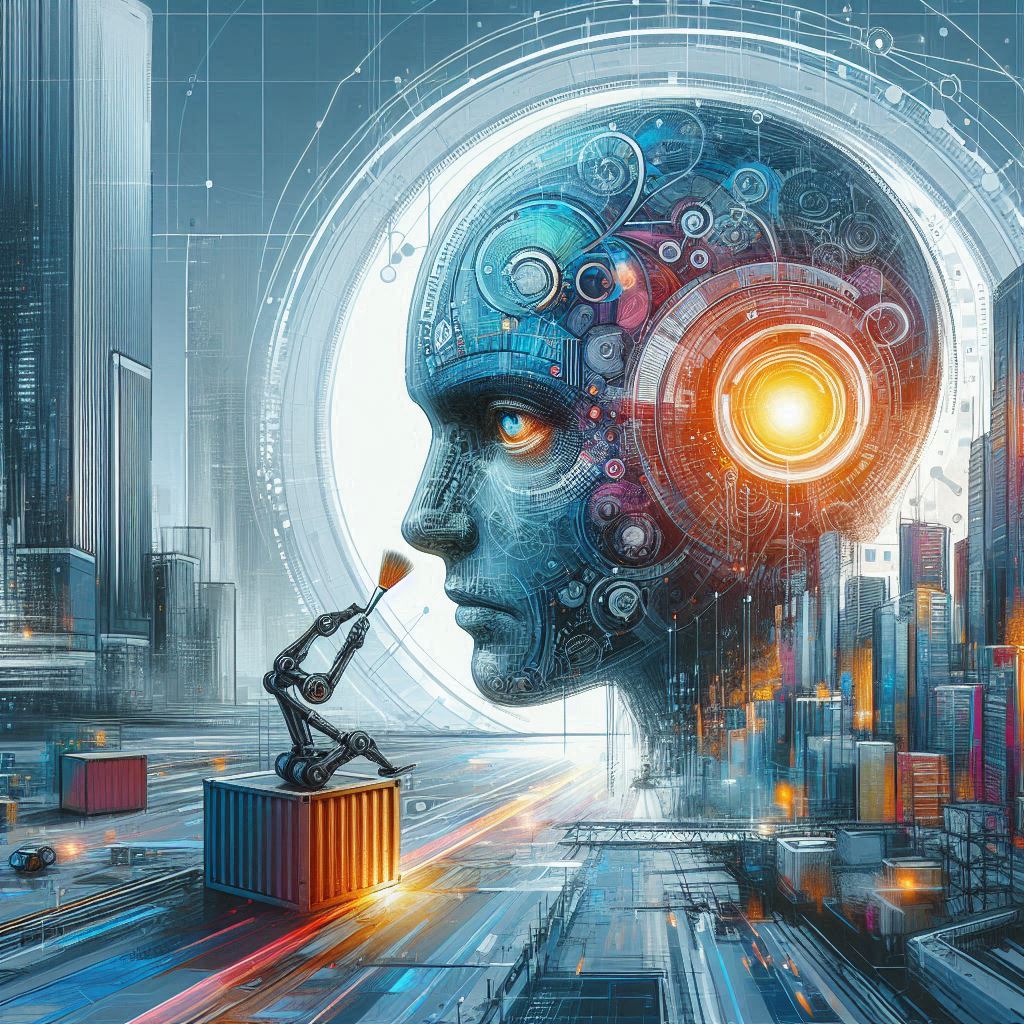
We comprehensively explore the creation and utilization of AI models. We define AI models, outline various types and their learning mechanisms (supervised, unsupervised, reinforcement), and detail the essential steps in building them, including data handling, algorithm selection, training, evaluation, deployment, and maintenance.
We also discuss crucial components like data quality, computational resources, ethical considerations, and common challenges in AI development, alongside highlighting relevant tools, frameworks, and the impact of foundation models on streamlining the process for diverse applications across industries in 2025.
Please listen our podcast about building an AI model
FAQ on Building AI Models in 2025
1. What exactly is an AI model in the context of 2025? An AI model is the fundamental component of an artificial intelligence system. By 2025, it’s a sophisticated computational program trained on data to identify patterns, predict outcomes, or perform actions related to a real-world process. Advancements like deep learning, neural architecture search, and transfer learning have significantly enhanced their capabilities, allowing them to handle more complex tasks with greater accuracy and efficiency.
2. What are the essential steps involved in building an AI model in 2025? Building an AI model in 2025 involves a structured seven-step process:
- Define the Problem and Goals: Clearly articulate the AI’s purpose, establish measurable success objectives, define project scope, and critically consider ethical implications (bias, fairness, transparency, accountability) using available tools and frameworks.
- Data Collection and Preparation: Identify and gather data from various sources (including potentially using advanced synthetic data generation tools). Ensure data volume and quality through advanced automated cleaning and validation. Preprocess data with automated feature engineering and implement robust data governance practices for security and compliance.
- Model Selection: Choose appropriate algorithms (regression, classification, deep learning, etc.), potentially leveraging highly advanced AutoML tools that can suggest optimal models and hyperparameters. Consider various model types like machine learning (supervised, unsupervised, reinforcement), deep learning (CNNs, RNNs, Transformers), generative models (GANs, VAEs, LLMs), and pre-trained models for transfer learning. Prioritize explainability (XAI) if needed.
- Model Training: Split data into training, validation, and test sets. Optimize hyperparameters using automated techniques. Train the model on training data while monitoring performance on the validation set with real-time diagnostics. Utilize distributed computing for large-scale training.
- Model Evaluation: Assess the model’s performance on the test set using relevant metrics. Validate its ability to generalize and rigorously assess for bias and fairness using standard metrics and tools. Conduct error analysis to identify areas for improvement.
- Model Deployment: Select a deployment environment (cloud, edge, on-premise), often using containerization and serverless architectures. Develop APIs for seamless integration. Ensure scalability, reliability, and implement comprehensive monitoring to detect performance drift and trigger automated retraining pipelines.
- Model Maintenance: Regularly retrain the model with new data, employ version control for all components, thoroughly document the entire process, and continuously monitor and improve performance over time.
3. How does the training process work for a machine learning model? Training a machine learning model is the process of teaching it to recognize patterns in data. This involves feeding the model a training dataset and iteratively adjusting its internal parameters. The goal is to minimize the difference between the model’s predictions and the actual correct outcomes. Optimization algorithms, like gradient descent, are used to update these parameters based on a loss function that measures the prediction error. Effective training requires careful selection of hyperparameters (e.g., learning rate) and often employs techniques like cross-validation to ensure the model can accurately predict on new, unseen data.
4. What are some of the common challenges encountered when developing AI models? Several challenges are frequently encountered in AI model development. These include the necessity for large volumes of high-quality and relevant data, the substantial computational resources needed to train complex models (especially deep learning models), and the difficulty in ensuring the resulting models are explainable and fair. Furthermore, the deployment and ongoing maintenance of AI models in real-world applications can be complex, requiring robust infrastructure, continuous monitoring for issues like data drift, and effective retraining strategies to maintain performance.
5. Why are computational costs a significant consideration in AI model development? The computational costs associated with AI model development can be substantial due to several factors. Training complex models, particularly deep learning architectures on large datasets, often necessitates the use of specialized and expensive hardware like GPUs or TPUs. Additionally, significant cloud computing resources may be required for both training and deployment. While advancements in hardware and software are continuously working to optimize these costs, they remain a crucial factor to consider and budget for in any AI development project.
6. What is the importance of ethical considerations in building AI models in 2025? In 2025, ethical considerations are paramount in AI model development. It is crucial to address potential issues like bias in the data and algorithms, ensure fairness in the model’s predictions across different demographic groups, strive for transparency in how the model makes decisions (especially when it impacts individuals), and establish accountability for the model’s actions. Neglecting these ethical aspects can lead to negative societal consequences, erode trust in AI systems, and potentially violate regulations. Therefore, integrating ethical considerations from the initial problem definition and throughout the entire development lifecycle is essential, utilizing the growing availability of tools and frameworks designed to promote ethical AI practices.
7. How have pre-trained models and transfer learning impacted AI model development in 2025? Pre-trained models and transfer learning have significantly streamlined and enhanced AI model development in 2025. Pre-trained models, such as large language models and image recognition models trained on massive datasets, offer a substantial head start. Instead of training a model from scratch, developers can leverage these existing models and fine-tune them with their own, often smaller, datasets for specific tasks. This approach, known as transfer learning, significantly reduces the amount of data and computational resources required for training, accelerates development cycles, and often leads to improved model performance, especially when labeled data for the specific task is limited.
8. What is involved in the ongoing maintenance of a deployed AI model? Maintaining a deployed AI model is a continuous process crucial for ensuring its long-term effectiveness. It primarily involves periodically retraining the model with new data to maintain its accuracy and adapt to evolving patterns. Implementing robust monitoring systems is essential to track the model’s performance, detect data drift (changes in the input data or the relationship between input and output), and identify any performance degradation. Furthermore, employing version control for the models, data, and code allows for tracking changes and rolling back to previous stable versions if necessary. Comprehensive documentation of the entire development and deployment process is vital for effective maintenance and future improvements. Ultimately, continuous monitoring and improvement efforts are key to maximizing the value and reliability of the AI model over time.















